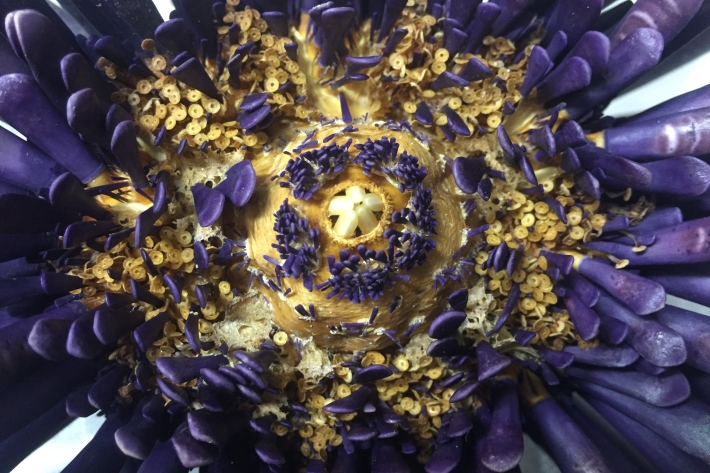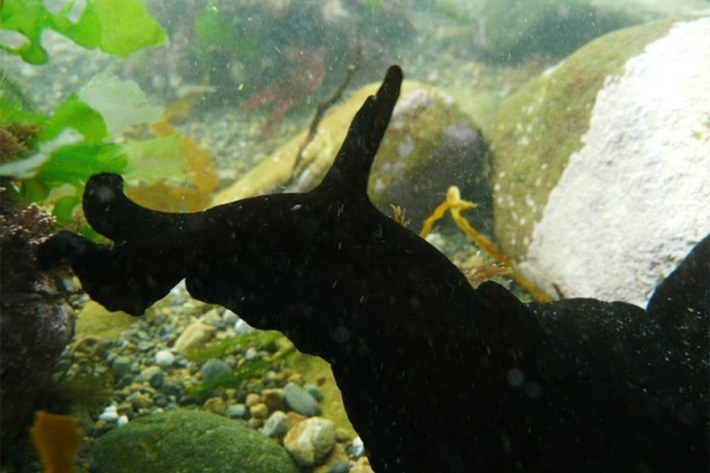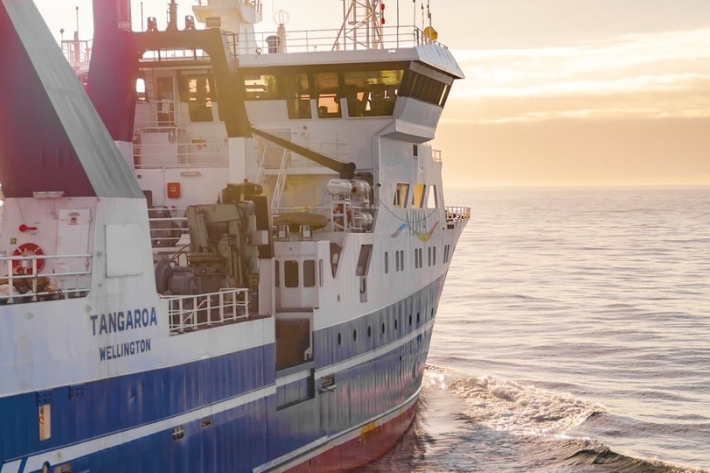-

Critter of the Week: The tropical slate pencil urchin
The NIWA Invertebrate Collection mainly consists of samples collected in the deepsea, but occasionally we find shallow exceptions like this stunning sea urchin. -

Beautiful Browns
News article16 September 2016Do you know where in New Zealand to find Neptune’s necklace or rimurapa? Or how to tell apart Carpophyllum from Cystophora? -

Beautiful Browns
An interactive guide to the large brown seaweeds of New Zealand. -

Te Mahere Kāinga Koiora - Habitat Mapping Module
This Habitat Mapping module will show you how to collect useful information to describe and monitor habitats in estuaries. -

Ngā Parangatanga - Sediment Module
The type of sediment that is deposited in your estuary, be it mud or sand, and how quickly it is deposited, has a big influence on what your estuary will look like, how clear the water will be, and the types of plants and animals that can live in it. Download 7 guides for this module. -

Critter of the Week: The flowering seapen
Anthoptilum grandiflorum (Verrill, 1879) is a species of Pennatulacea, or sea pen, in the octocoral group of Cnidaria. Octocorals are so named because they have 8 tentacles to each of their polyps. -

The decline of New Zealand’s sea lions
Research ProjectThe main breeding population of New Zealand sea lions at the Auckland Islands has halved in size since the late-1990s; NIWA scientists are working with the government and experts from around New Zealand and overseas to understand why. -

Critter of the Week: All about sea hares and their eggs
A sea hare is a type of opisthobranch or sea slug in the phylum Mollusca, with soft bodies, a reduced internal shell and two tall rhinophores coming out of their heads that resemble the ears of a hare. -

From high seas to estuaries
Feature story15 July 2016While Tangaroa might be considered its flagship, NIWA’s extensive range of maritime work could not be completed without the support vessels Kaharoa and Ikatere. -

NIWA scientist recognised for outstanding achievements
News article07 July 2016A NIWA scientist with an international reputation as an outstanding leader in marine ecological field experiments was last night awarded the prestigious New Zealand Marine Sciences Society (NZMSS) Award. -

Scientists meet to discuss marine future
Media release30 June 2016Marine scientists are proving they know that it takes good bait to catch a big audience. -

Mysterious sounds in New Zealand’s Cook Strait
NIWA has just deployed six acoustic moorings to eavesdrop on mysterious noise makers in the Cook Strait, New Zealand.

